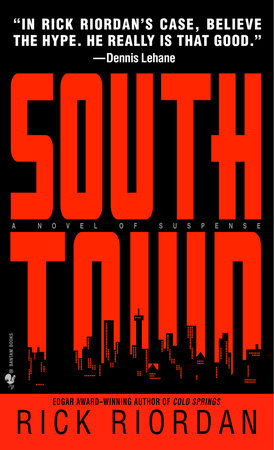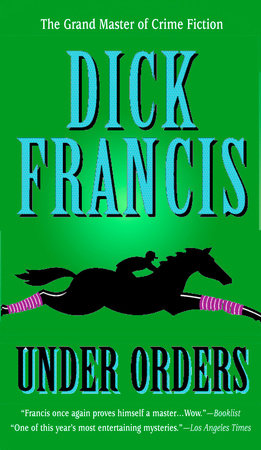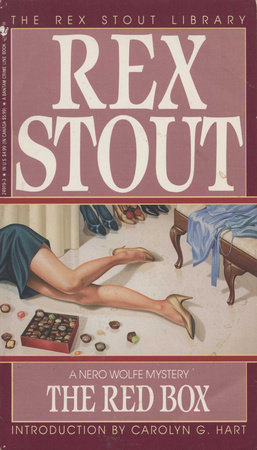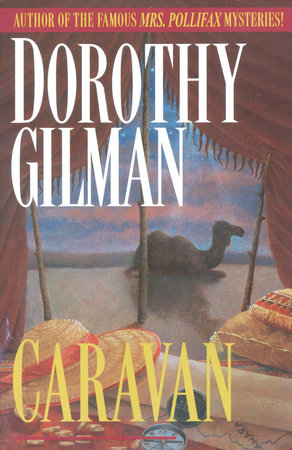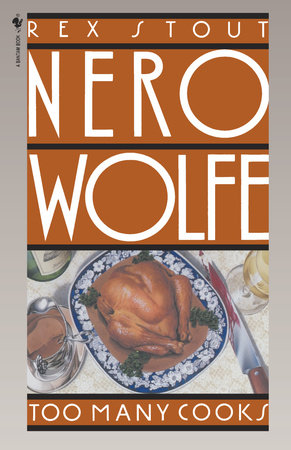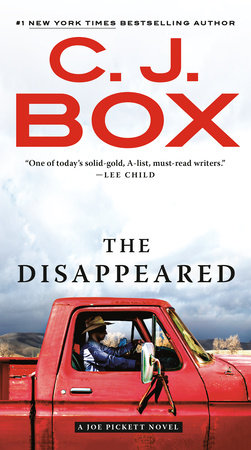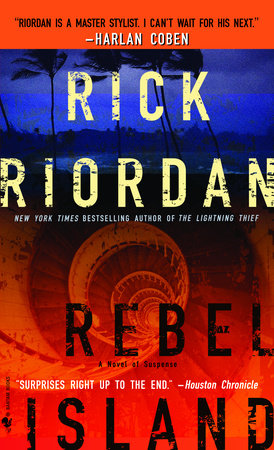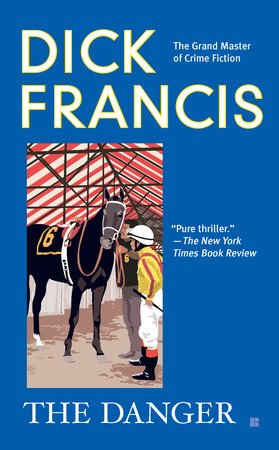The prison breakout of the Floresville Five that opens Southtown sets the pace for the story with strong gritty action and dialogue. What do you like best about this kind of opener and what are you aiming to do for the reader right off the bat?
I knew the book had to start with the prison break, which is an inherently violent situation, but I never do violence just for violence’s sake. My main goal was to present the five fugitives as understandable, maybe even sympathetic. It’s too easy to write off villains as pure evil. To me, it’s much more interesting that these hardened killers have sweethearts. They have loyalties. They are victims of violence themselves. I want the reader to be shocked by feeling some empathy for these ruthless men — possibly even rooting for them to get away.
Certain Southtown characters were involved in human trafficking. While it was not the same circumstance, we immediately thought of last year’s case in Victoria, Texas, where smuggled illegal immigrants were found dead in a truck due to weather conditions. What inspired this aspect of the story? How did you conduct research for it?
The incident in Victoria was creepy for me, because it happened a few months after I wrote a similar scene in Southtown. It just goes to show you — fiction has to try very hard to be stranger than fact. My inspiration wasn’t one particular story. Living in South Texas, I hear horrible tales about human trafficking all the time — slave labor ranches, immigrants suffocating in boxcars, etc. Unfortunately, it is a fact of life here, and it makes for powerful drama. I didn’t have to do much research. I simply drew on that reservoir of South Texas experience.
As a native Texan, one of our staff members loved reading about cities that are familiar to him (i.e. San Antonio and San Marcos). What are the special challenges and/or advantages to writing fiction set in/around the town you currently live in? Are there other areas of Texas that you would like to explore in a future Tres Navarre book?
I had to live in California for ten years before I appreciated South Texas enough to write about it. That distance helped me see what a rich, colorful setting my home state is. One of my challenges is staying true to the character of the place while fictionalizing the details. Sometimes, a fellow native will call me on some technicality, like: “Hey, there’s no Mexican restaurant on that street.” And I’ll say, “Yeah, but there should be.”
Tres’ relationship with Maia Lee is the story of two people trying to make a life together against some significant odds. What it is like for you to write pages that are this filled with sexual tension and a long distance relationship?
Tres and Maia are my favorite characters. It’s great fun writing about them and watching their relationship develop over the course of the books. No romance is perfect. Long distance relationships are especially hard — a lot of people can relate to this. I know I can. I think of Tres and Maia’s relationship as the oxygen of the novel — no matter how action-packed the plot is, you can’t keep a fire hot without oxygen.
You capture the fog that Sam is going through so vividly. What was your reference for his memory loss and the frustration he is facing as he struggles to cope with it?
I’ve watched several relatives and family friends succumb to dementia. It was a very personal decision to explore that condition from the sufferer’s point-of-view. More specifically, the flash of inspiration for Sam was a family friend—a retired FBI agent who had started to lose his memory. On certain days, he would forget that he was no longer an active agent. I found that sad but absolutely fascinating.
One of the things we like is that your writing is very cinematic. There is a continuity and flow to it that works so the visuals are very clear. Example: a scene in the restaurant where Maya is telling Tres that Quentin Yates is coming for him. That scene reads like a tight movie script. Are you running the scenes through your head like film as you write?
Okay, the teacher in me comes out, now — my own learning style is visual. I think best in pictures. That’s why I write scenes the way I do. It’s weird, though, because I don’t watch a lot of movies. I hardly ever watch TV. And yet a lot of people tell me I write cinematically.
What writing comes easiest for you—the action scenes, the relationship scenarios or the setup for the action you know is coming?
Nothing is easy. However, action scenes seem to flow more for me and need less revision.
Southtown is your fifth novel to feature Tres Navarre. What is the most rewarding part of writing about a continuing character? What is the most challenging aspect?
As a reader, I enjoy series books because each installment is like visiting with old friends. Writing about Tres is the same way. After five books, his voice is extremely familiar to me. I can slip into it like a comfortable pair of jeans. The most challenging part is making sure the facts agree from novel to novel, and coming up with new, fresh ways to describe continuing characters without boring readers who’ve been with the series since the first book.
For readers who may be new to the series, could you please share background info on Tres?
Tres Navarre is third-generation Texan who is not very good at acting like a Texan. He doesn’t own a pair of cowboy boots and he dislikes guns. He has an English Ph.D. from UC Berkeley, with a specialty in medieval literature, but fell into P.I. work when he couldn’t get a teaching job. His father was the Bexar County Sheriff for many years, so Tres’ connections with South Texas law enforcement run deep, not always to his benefit. He has a sarcastic sense of humor, totally unlike me, and a steady girlfriend Maia Lee who is, unfortunately, both stronger and more intelligent than he. Aside from this, Tres is a blues fan, a tai chi martial artist and a former bartender. He has a cat named Robert Johnson who lives on enchiladas and Friskies tacos.
Tell us a little about your writing schedule. How do you juggle teaching and writing at the same time?
The secret is that I love what I do. Otherwise, I would’ve quit teaching a long time ago. I get up early in the morning and work while the house is quiet and my thoughts are fresh. I revise late in the evening after my children are asleep. I write a lot on weekends, and of course during summer vacation.
How do your students react to your status as a published author? Have many of them read your work?
They know I’m published, but it doesn’t come up in conversation a lot. Middle school students have too many issues of their own without focusing on their teachers. For the first thirty seconds of the school year, they think it’s cool that I write books, then they notice they have a zit or they develop a crush on somebody, and life goes on as normal. Quite a few have read the books. I tell them not to, of course, but they do anyway.
Last year’s Cold Springs was a stand-alone novel. Do you have other non-Tres Nevarre projects in the works?
Cold Springs was a huge growing experience. I’m very glad I did it, because it pushed me as a writer and made the subsequent Tres Navarre books much stronger. However, I plan on staying with the series at least for the immediate future, partly because all the mystery/thriller ideas that are coming to me at the moment fit nicely into the Tres Navarre framework.
Are there any plans for the Tres Navarre series to be developed for film or television? In your opinion, what actor would make a great Tres?
There are no immediate plans for television or film. As I said, I don’t watch much TV. I doubt I could name five current male movie stars, much less pick a good one for Tres Navarre. Even if I could, I intentionally try not to think in terms of casting. Tres is Tres. I don’t want to start thinking of him as a vehicle for movie star X.
What can you tell us about your current work(s) in progress? When can readers expect to see it?
You can expect three more Tres Navarre books in the pipeline over the next few years. In the installment after Southtown, Tres and his old friend Ralph Arguello will become fugitives themselves in order to clear Ralph in the shooting of a police officer. I won’t give away the real kickers in the plot, but expect the return of Guy White, the suave mobster from Big Red Tequila, and a fairly huge crisis in Tres’ personal life.
